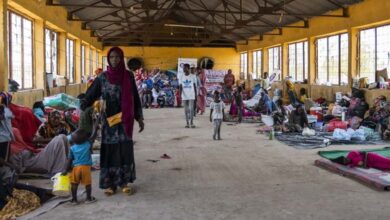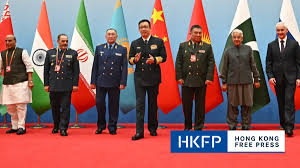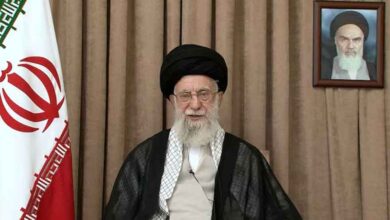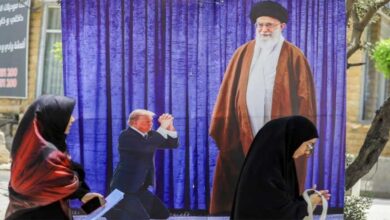Iran held a state funeral on Saturday for approximately 60 individuals, including top military commanders and nuclear scientists, who were killed during its 12-day conflict with Israel. The ceremony followed a strong rebuke from Tehran’s foreign minister over former U.S. President Donald Trump’s remarks against Supreme Leader Ayatollah Ali Khamenei, calling them “unacceptable.”
The funeral commenced at 8:00 am local time (0430 GMT) at Enghelab Square in Tehran, attended by Iranian President Masoud Pezeshkian and other senior officials. Photographs from the event showed flag-draped coffins adorned with portraits of the deceased commanders in military uniforms.
After the initial gathering, a procession was scheduled to move toward Azadi Square, around 11 kilometers away. Mohsen Mahmoudi, who heads Tehran’s Islamic Development Coordination Council, described the day as “historic for Islamic Iran and the revolution.”
Among those honored was Major General Mohammad Bagheri, Iran’s second-highest-ranking military officer after the Supreme Leader. He was buried alongside his wife and daughter, a journalist, all of whom died in an Israeli airstrike. Another prominent figure, nuclear scientist Mohammad Mehdi Tehranchi, will be buried with his wife. Revolutionary Guards commander Hossein Salami, who died on the conflict’s first day, is also being laid to rest.
The funeral ceremony will also pay tribute to over 30 other senior commanders. Notably, four children are among the 60 individuals being buried.
Over 12 days before a ceasefire was declared on Tuesday, Israel claimed it killed around 30 Iranian commanders and 11 nuclear scientists, while hitting eight nuclear-related facilities and more than 720 military infrastructure sites. More than 1,000 people were killed, including at least 417 civilians, according to the Washington-based Human Rights Activists group.
Iran fired more than 550 ballistic missiles at Israel, most of which were intercepted, but those that got through caused damage in many areas and killed 28 people.
Saturday’s ceremonies were the first public funerals for top commanders since the ceasefire, and Iranian state television reported that they were for 60 people in total, including four women and four children.
Authorities closed government offices to allow public servants to attend the ceremonies.
Iran has always insisted its nuclear program is only for peaceful purposes. But Israel views it as an existential threat and said its military campaign was necessary to prevent Iran from building an atomic weapon.
Khamenei’s last public appearance
Khamenei’s last public appearance was June 11, two days before hostilities with Israel broke out, when he met with Iranian parliamentarians.
On Thursday, however, he released a pre-recorded video, in his first message since the end of the war, filled with warnings and threats directed toward the United States and Israel, the Islamic Republic’s longtime adversaries.
The 86-year-old downplayed U.S. strikes on three Iranian nuclear sites as having not achieved “anything significant” and claimed victory over Israel.
The head of the United Nations nuclear watchdog agency, Rafael Grossi, has characterized the damage done by American bunker-buster bombs to Iran’s Fordo nuclear site, which was built into a mountain, as “very, very, very considerable.”







